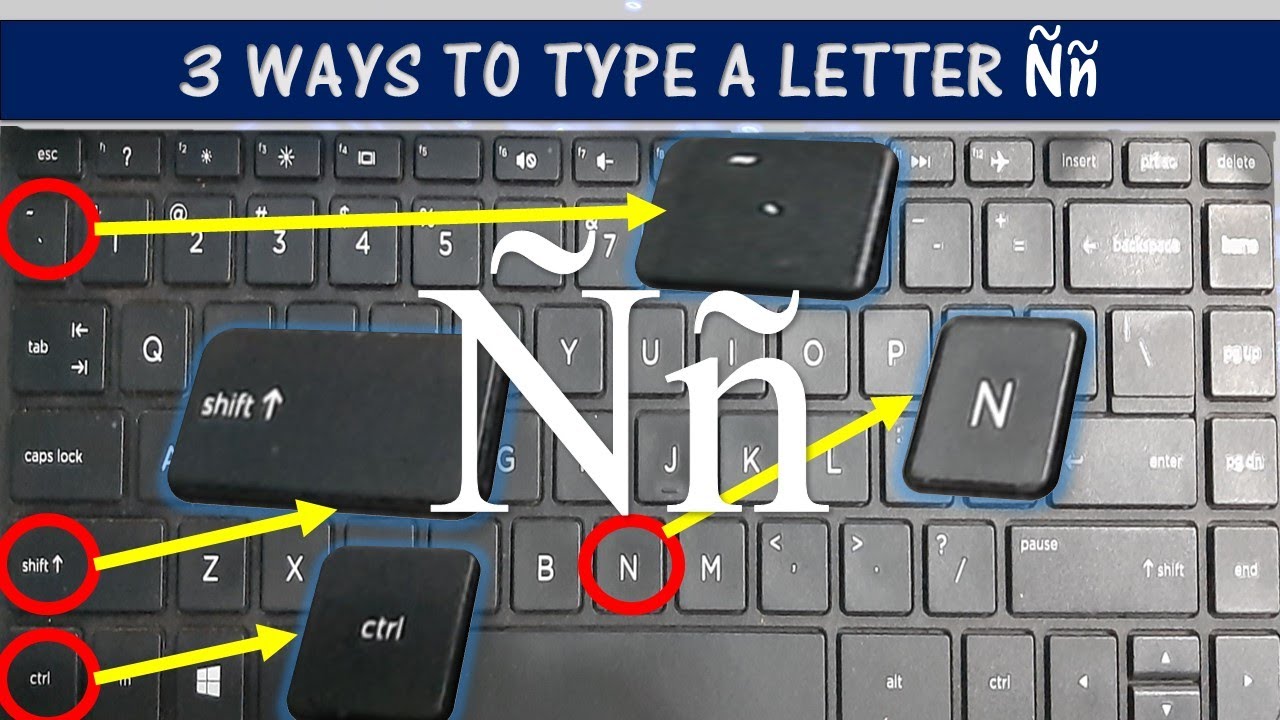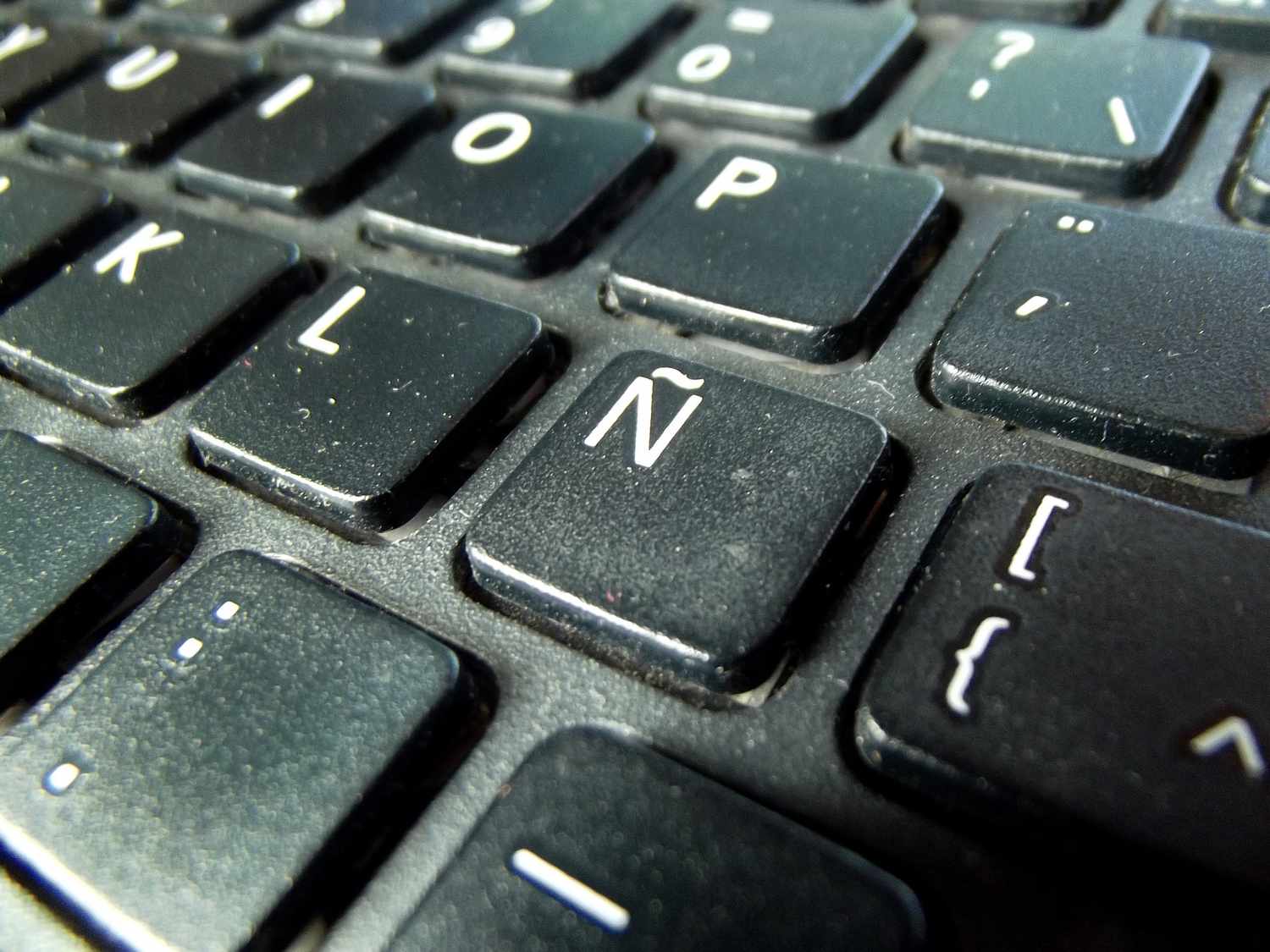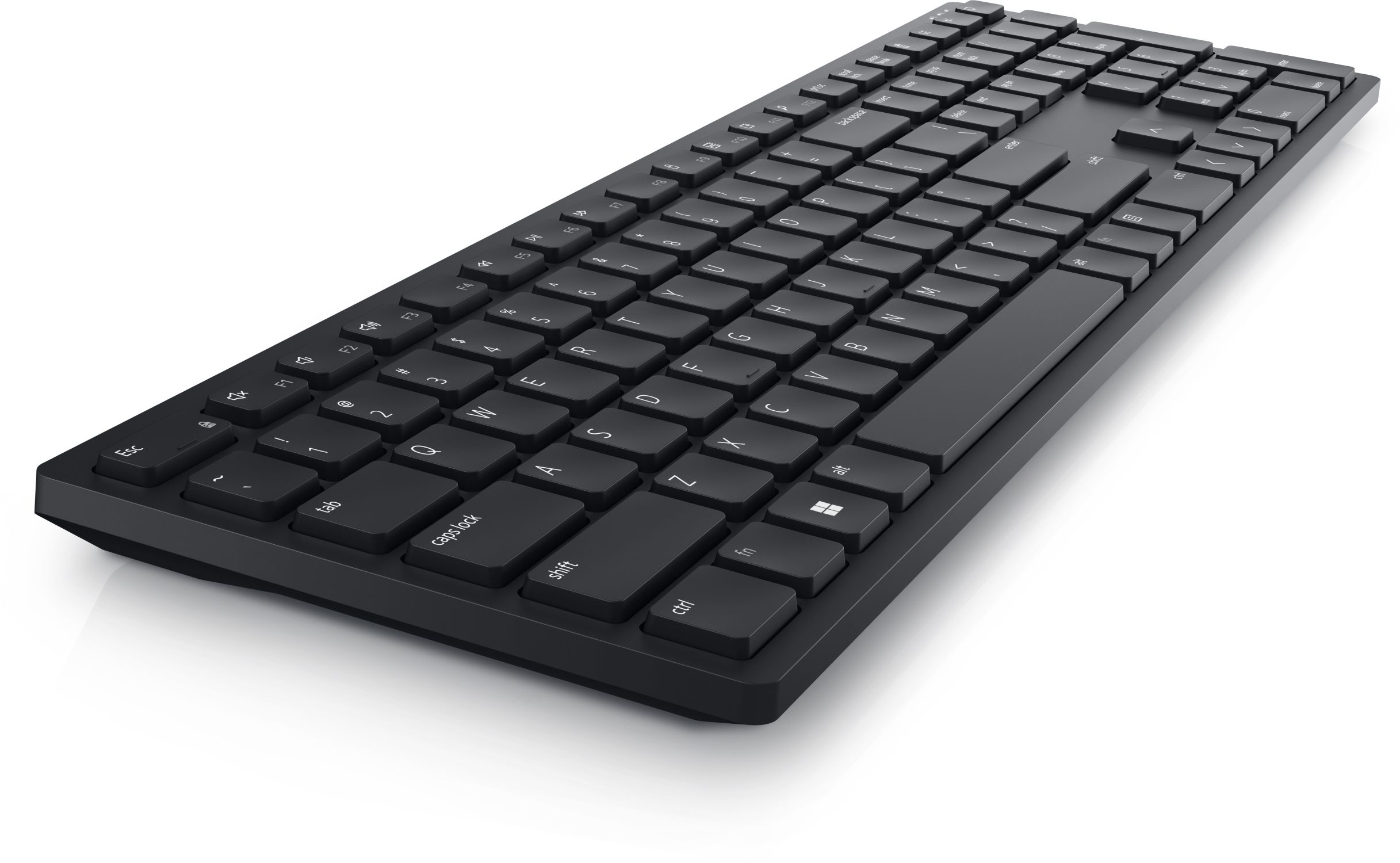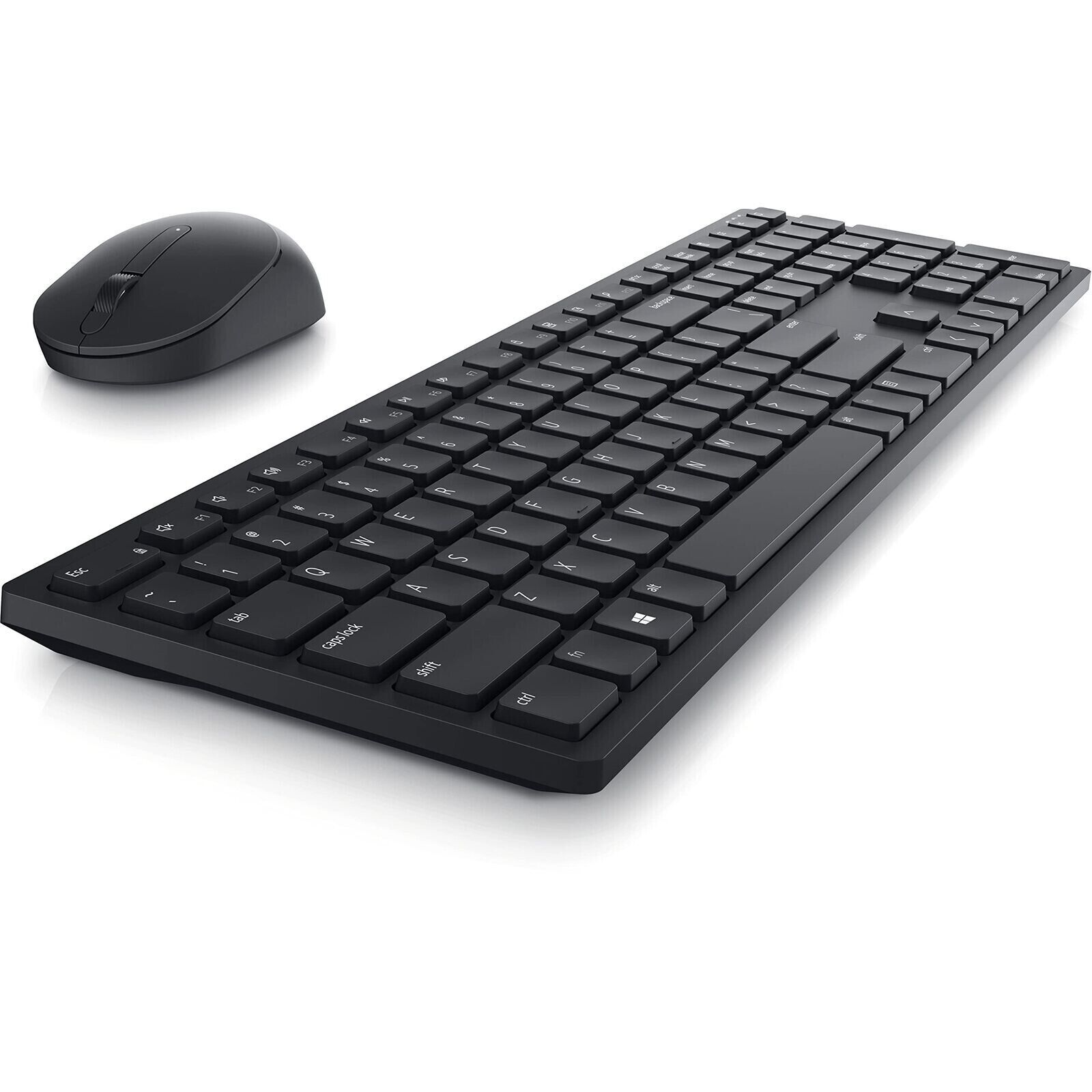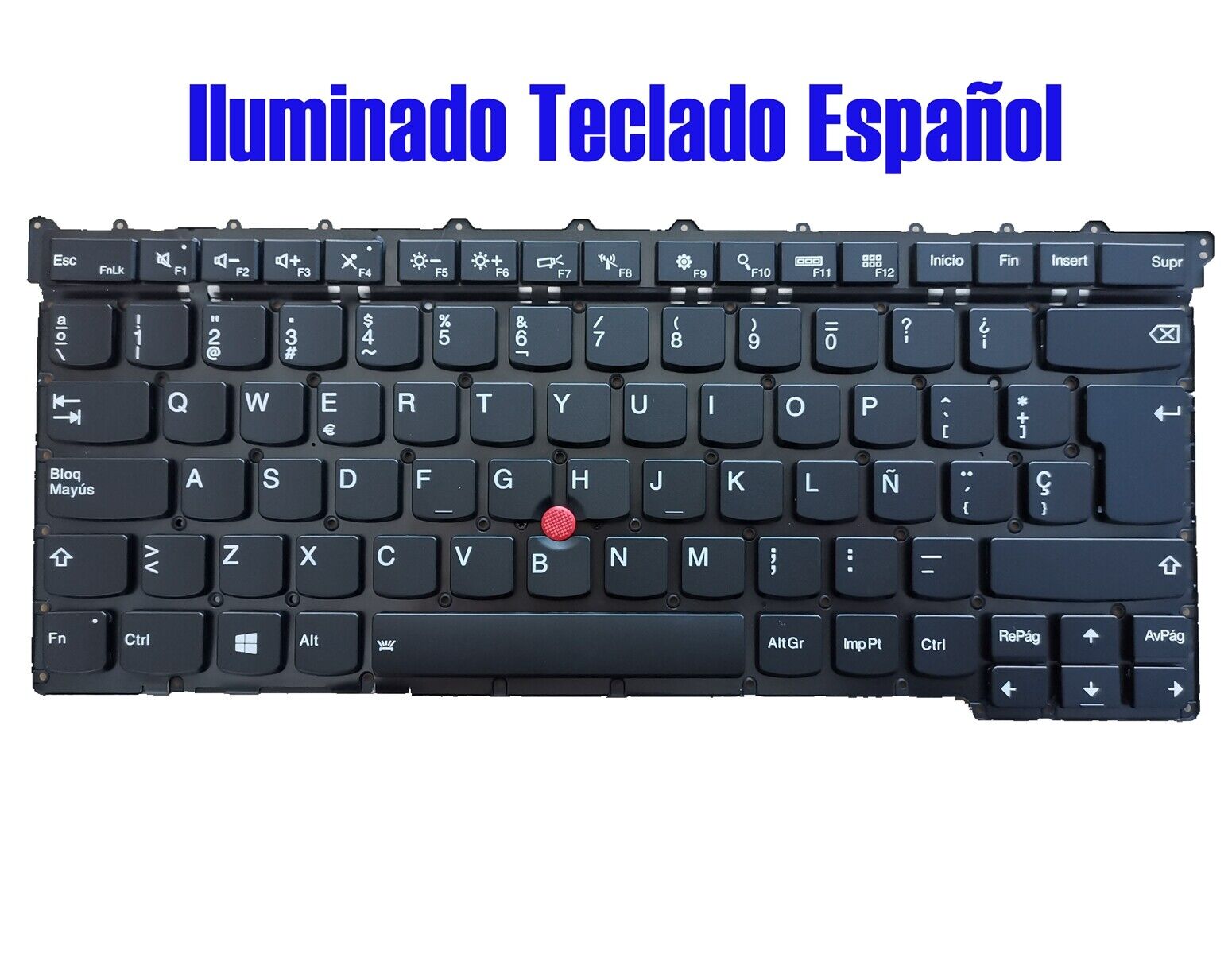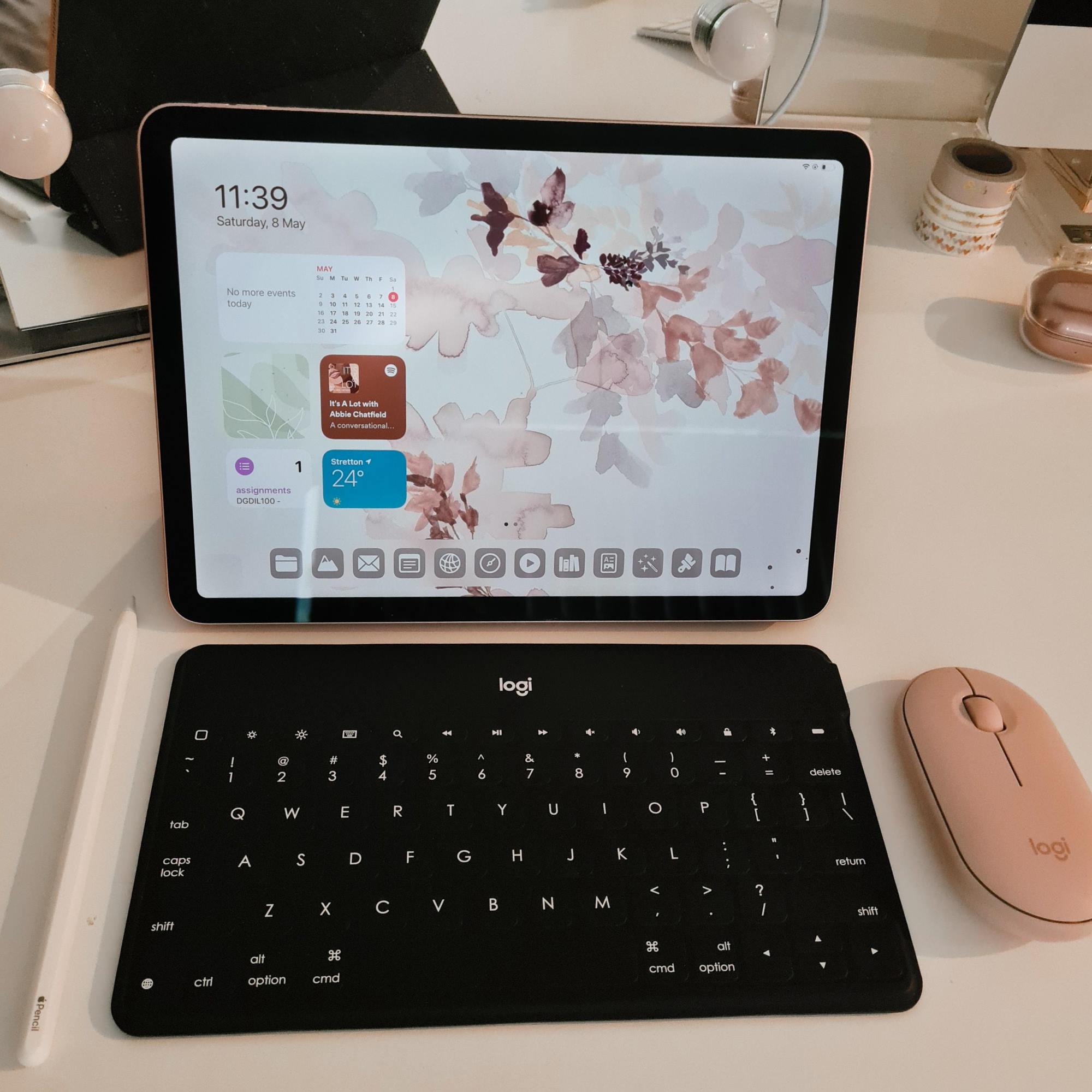Introduction
Welcome to the wonderful world of keyboards and characters! If you’ve ever wondered how to type the letter Ñ on your keyboard, you’ve come to the right place. The letter Ñ, pronounced “enye,” is an important symbol in various languages, including Spanish, Tagalog, and many others. While it may not be present on all keyboards by default, there are several methods you can use to type this unique character.
In this article, we will explore five different methods that will allow you to easily type the letter Ñ on your keyboard. These methods range from using keyboard shortcuts and the Alt key with the numeric pad to utilizing Unicode hex input and AutoCorrect. We will also explore the option of changing your keyboard layout to include the Ñ key.
Whether you’re a language enthusiast, a student, or simply someone who needs to use the letter Ñ occasionally, this guide is here to help. We understand the importance of accuracy and convenience when it comes to typing special characters, and we aim to provide you with solutions that are both practical and user-friendly.
So, without further ado, let’s dive into the various methods that will enable you to type the letter Ñ on your keyboard. Whether you prefer quick keyboard shortcuts or more in-depth settings changes, we’ve got you covered. Let’s get started!
Method 1: Using a Keyboard Shortcut
One of the easiest and quickest ways to type the letter Ñ on your keyboard is by using a keyboard shortcut. A keyboard shortcut is a combination of two or more keys that, when pressed together, perform a specific action or input a specific character.
To type the letter Ñ using a keyboard shortcut, follow these simple steps:
- Make sure the Num Lock on your keyboard is turned on.
- Press and hold the Alt key.
- On the numeric keypad, enter the number 165 (for uppercase Ñ) or 164 (for lowercase ñ).
- Release the Alt key.
Voila! The letter Ñ should now appear on your screen.
Using this keyboard shortcut allows you to quickly and effortlessly insert the letter Ñ into your text. It is a convenient option if you need to type Ñ on a regular basis or if you prefer using shortcuts for efficiency.
Note that this method may not work on all keyboards or in all applications. Some applications may have their own specific keyboard shortcuts, so it’s always a good idea to check the documentation or preferences of the program you’re using.
Now that we’ve covered the keyboard shortcut method, let’s move on to the next method: using the Alt key and numeric pad to type the letter Ñ.
Method 2: Using the Alt Key and Numeric Pad
If you don’t have a numeric keypad on your keyboard or prefer an alternative method to type the letter Ñ, you can use the Alt key along with the numeric pad. This method is widely supported across different devices and operating systems.
Here’s how you can type the letter Ñ using the Alt key and numeric pad:
- Enable Num Lock on your keyboard.
- Hold down the Alt key.
- Using the numeric keypad, enter the character code for the letter Ñ. For uppercase Ñ, type 0209. For lowercase ñ, type 0241.
- Release the Alt key.
Once you’ve followed these steps, you should see the letter Ñ displayed in your text.
This method is a reliable option if you don’t have a dedicated Ñ key or if you prefer using the numeric keypad instead. However, keep in mind that some laptops or smaller keyboards may not have a numeric keypad. In such cases, you may need to use an external numeric keypad or consider alternative methods.
Now that we’ve covered the Alt key and numeric pad method, let’s explore another approach: using Unicode hex input.
Method 3: Using Unicode Hex Input
If you’re looking for a more advanced method to type the letter Ñ, you can utilize the Unicode hex input feature. This method allows you to input characters using their respective Unicode values, providing you with access to a vast array of special characters, including the letter Ñ.
Follow these steps to type the letter Ñ using Unicode hex input:
- Ensure that the Num Lock on your keyboard is turned on.
- Place your cursor in the location where you want to insert the letter Ñ.
- Hold down the Alt key.
- Using the numeric keypad, enter the Unicode value for the letter Ñ using the format “U+00D1” for uppercase Ñ or “U+00F1” for lowercase ñ.
- Release the Alt key.
Upon completing these steps, the letter Ñ will be inserted at the desired location in your text.
The Unicode hex input method provides you with even more flexibility when it comes to typing special characters. Not only can you input the letter Ñ, but you can also explore a vast range of other Unicode characters using their respective codes.
It’s worth noting that this method may not be available in all applications or operating systems. However, it is widely supported in programs that allow for Unicode input. If you frequently work with special characters, the Unicode hex input method can be a powerful tool to have at your disposal.
Now that we’ve covered the Unicode hex input method, let’s move on to another option: using AutoCorrect.
Method 4: Using AutoCorrect
If you find yourself frequently typing the letter Ñ and would like a more automated approach, you can utilize the AutoCorrect feature available in some word processing applications. AutoCorrect can automatically replace specific text strings with predefined characters or symbols, including the letter Ñ.
To set up AutoCorrect for typing the letter Ñ, follow these steps:
- Open the application in which you want to enable AutoCorrect. This could be a word processor, text editor, or any other program that supports this feature.
- Access the AutoCorrect options. This is often found in the program’s preferences or settings menu.
- In the AutoCorrect settings, look for an option to add a new AutoCorrect entry.
- Enter a unique trigger text that you want to associate with the letter Ñ. For example, you could use “nn” or “NN” as the trigger text.
- Specify the replacement text as the letter Ñ. This could be either lowercase ñ or uppercase Ñ.
- Save or apply the changes to activate the AutoCorrect entry.
Once you’ve set up the AutoCorrect entry, whenever you type the trigger text and hit the spacebar or enter key, the text will be automatically replaced with the letter Ñ.
This method can save you time and effort, especially if you regularly need to type the letter Ñ within a specific application. However, keep in mind that AutoCorrect entries are program-specific, meaning you’ll need to set it up individually in each program where you want to utilize it.
Now that we’ve explored the AutoCorrect method, let’s move on to our final method: changing the keyboard layout.
Method 5: Changing the Keyboard Layout
If you frequently need to type the letter Ñ and want a more permanent solution, changing your keyboard layout can be a viable option. By switching to a keyboard layout that includes the Ñ key, you can effortlessly type this letter without the need for additional key combinations or methods.
Here’s how you can change your keyboard layout to include the Ñ key:
- Access the settings or control panel of your operating system.
- Look for the keyboard settings or language and region options.
- Select the option to add or change a keyboard layout.
- Choose a keyboard layout that includes support for the letter Ñ, such as the Spanish keyboard layout.
- Apply the changes and exit the settings.
Once you’ve changed the keyboard layout, you can simply locate the Ñ key on your keyboard and type it like any other character. This method provides a seamless and intuitive way of typing the letter Ñ without the need for additional steps or shortcuts.
Keep in mind that changing the keyboard layout may affect other characters and symbols as well. Make sure to familiarize yourself with the new layout to avoid any confusion or input errors.
Now that we’ve covered the various methods for typing the letter Ñ, you can choose the one that best suits your needs and preferences. Whether you opt for a quick keyboard shortcut, utilize the Alt key and numeric pad, use Unicode hex input, set up AutoCorrect, or change the keyboard layout, typing Ñ has never been easier!
Feel free to experiment with these methods and choose the one that works best for you. Happy typing!
Conclusion
In this comprehensive guide, we have explored five different methods for typing the letter Ñ on your keyboard. Whether you need to type Ñ occasionally or frequently as part of your work or studies, these methods provide you with flexible and user-friendly options.
We started by discussing the convenience of using keyboard shortcuts to quickly insert the letter Ñ. Then, we explored using the Alt key and numeric pad as an alternative method. For those seeking more advanced options, we looked into using Unicode hex input to access a wide range of special characters.
We also covered the AutoCorrect feature, which provides automated replacement of trigger texts with the letter Ñ. Finally, we discussed changing the keyboard layout as a more permanent solution for easy access to the Ñ key.
Each method has its own strengths and considerations. The choice of method may depend on factors such as personal preference, frequency of use, and the specific applications or platforms you work with. It’s worth noting that not all methods may be available or applicable across all systems or devices. However, with the variety of options presented, you’re bound to find a method that suits your needs.
By following the step-by-step instructions provided in each method, you can confidently type the letter Ñ and incorporate it into your texts without hassle or inconvenience.
Now that you have the knowledge and tools to type Ñ, you can enhance your communication and language skills across various platforms and applications. Embrace the power of this unique character and enjoy smoother and more efficient typing experiences.
So go ahead, try out these methods, and discover which one works best for you. Happy typing!







